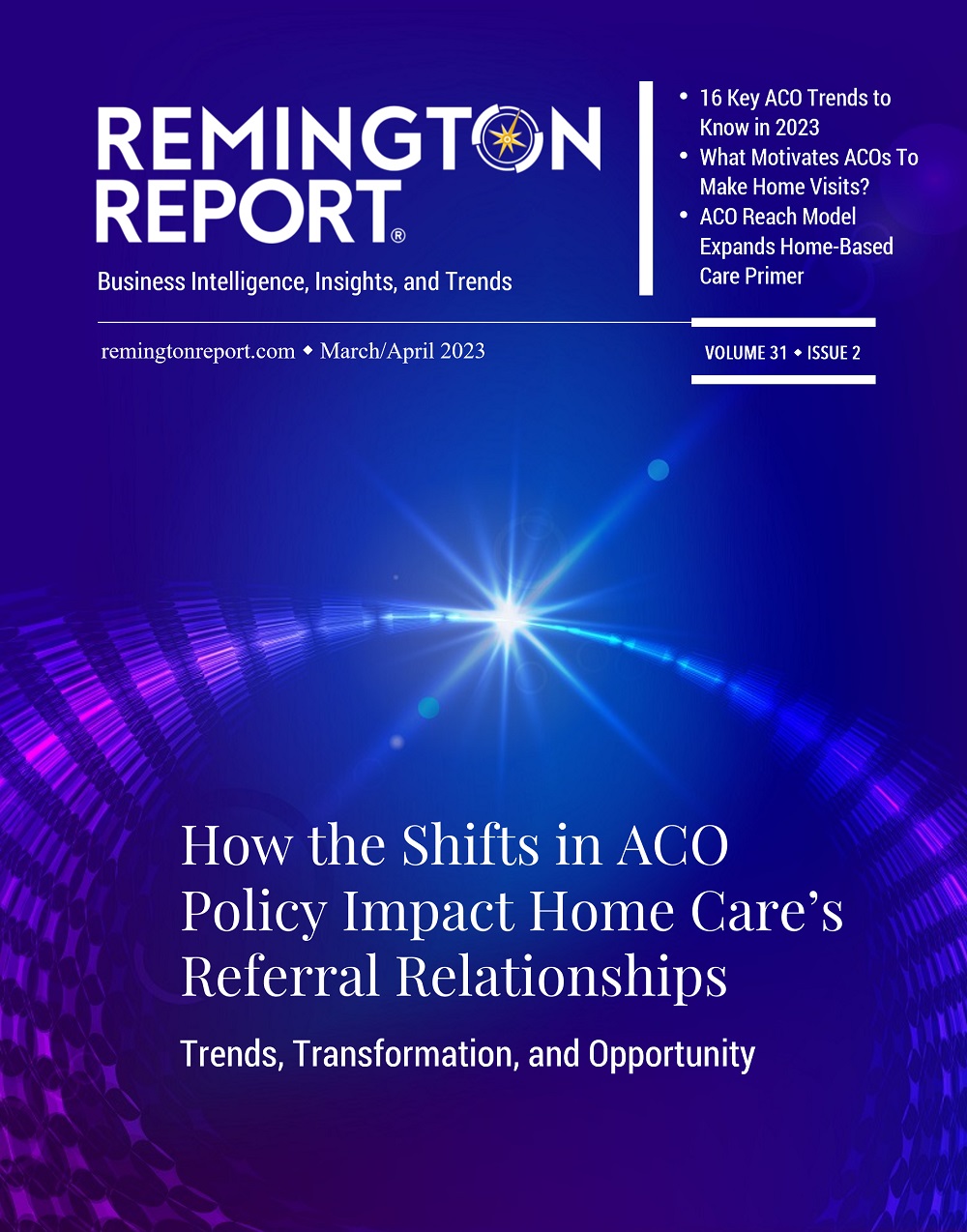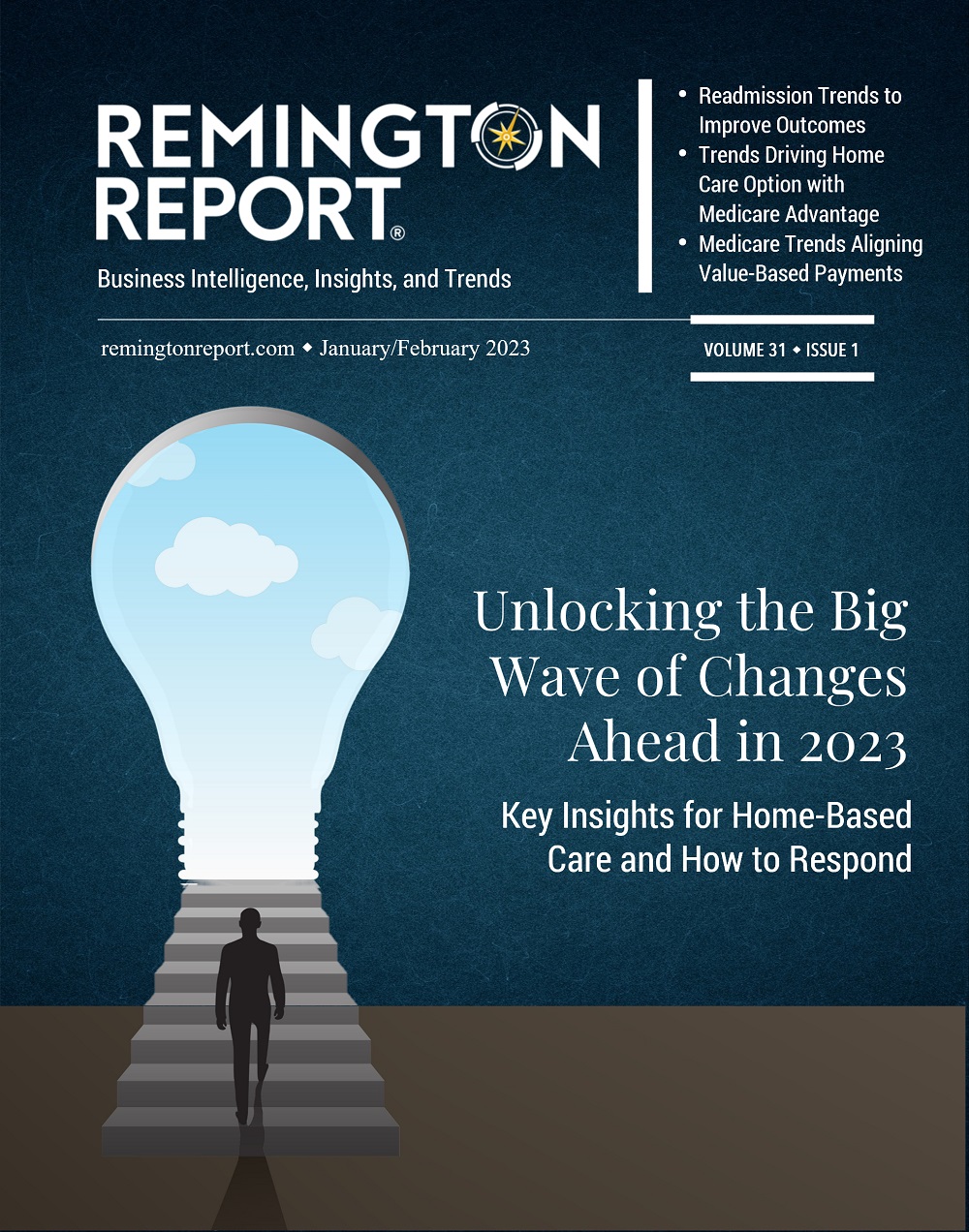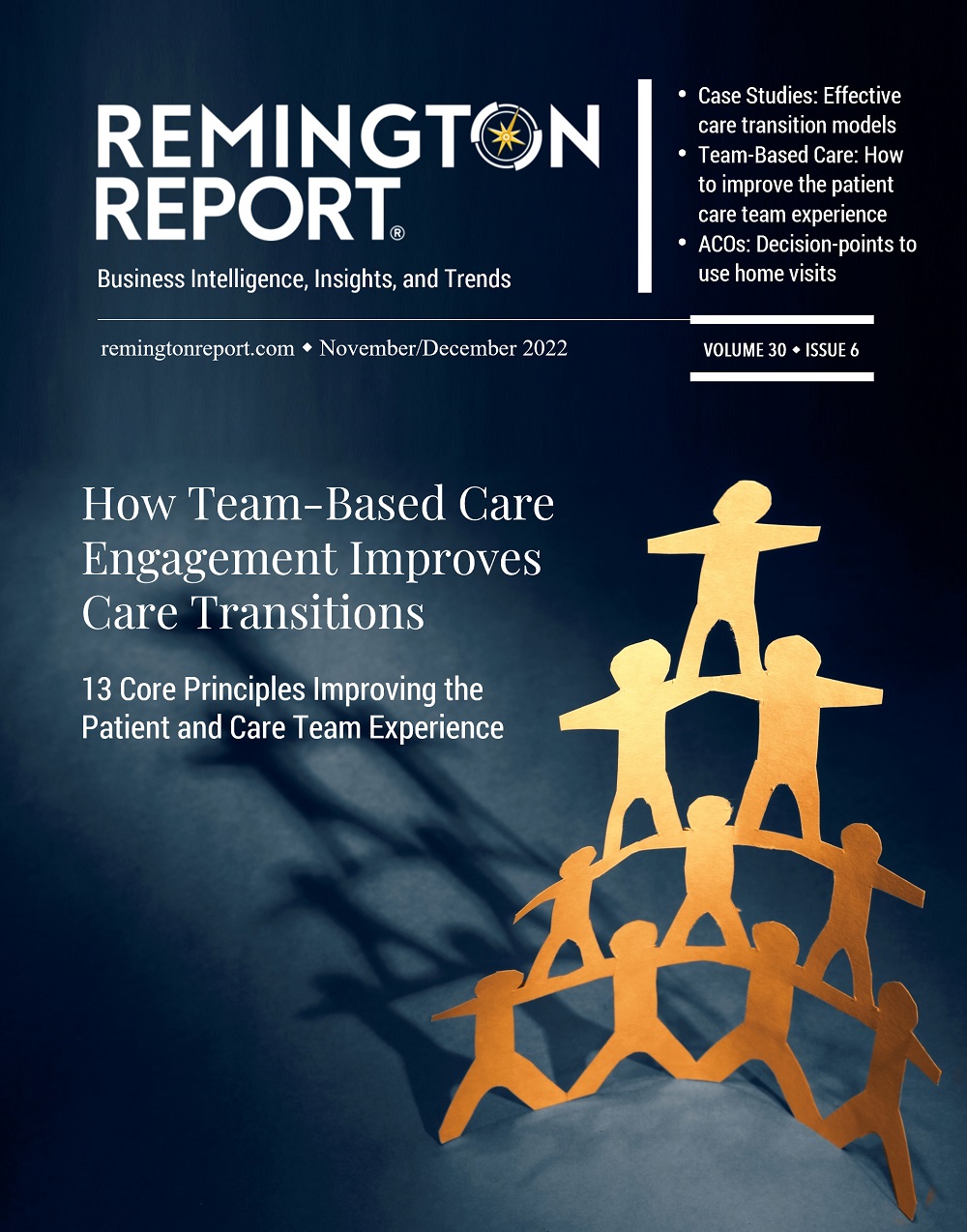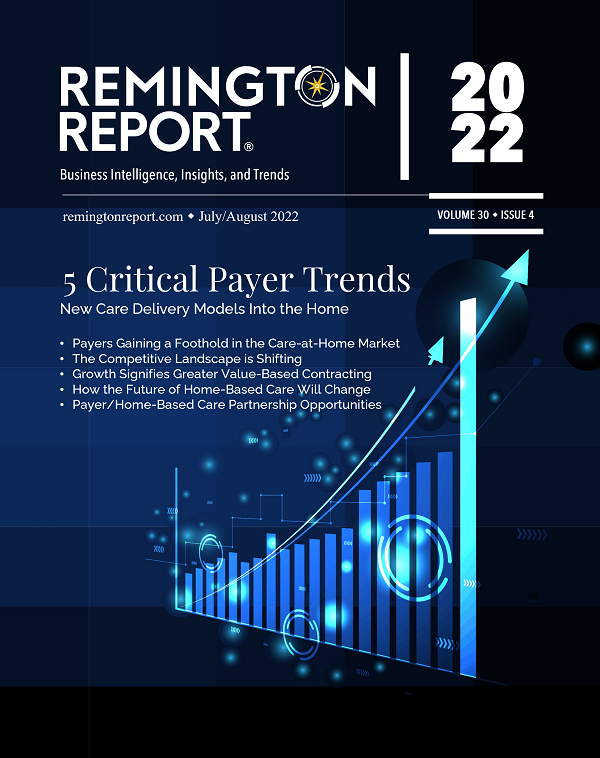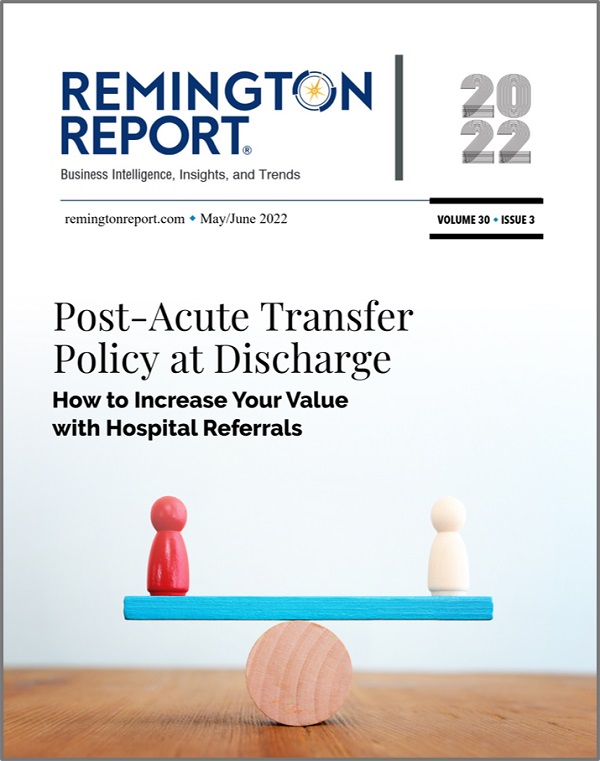INTERACTIVE FEATURES: When viewing this article on an electronic device, note that web addresses are live links. Just click the link to visit that web page.
Click for instructions for moving the PDF into Kindle, Nook, Apple iBooks, and Apple Library.
How Will These Three Models of Value-Based Payments Impact Your Organization’s Risk?
Last September, CMS issued guidance to state Medicaid directors designed to:
- Advance the adoption of value-based care strategies across their healthcare systems.
- Align provider incentives across payers.
This guidance is designed to support states as they develop plans to increase Medicaid provider participation in and adoption of value-based care models. It encourages states to consider the adoption of models from lessons learned from implementing previous payment and service delivery models.
How Will New Payment Models Work?
Examples of new payment models include advanced payments methodologies under fee-for-service, bundled payments, and total cost of care models.
Payment Models Built on Fee-For-Service Architecture
- The state pays a healthcare provider directly on a fee-for-service basis. This can be further targeted by population and service, with payments made either retrospectively or prospectively (based on value-based advanced payment methodologies).
- Adjustments are made (usually retrospective) for the cost and quality of services provided relative to benchmarks.
- Providers may be eligible for shared savings payments based on performance for a subset of total care (“upside risk”), for example on primary care services, if they also meet related quality performance targets. Providers may also owe money if they do not meet performance and quality performance targets (“downside risk”).
Payments for “Episodes of Care”
- States or other payers pay healthcare providers a bundled payment for a set of services associated with a single healthcare event during a defined period of time (“episode of care”).
- Sets a “benchmark price” which a state or other payer can use to determine savings.
- Incentivizes quality over volume of services.
- Providers may be eligible for payments (“upside risk”) or may owe money (“downside risk”) for an episode of care based on performance against the benchmark price and quality measures.
Payment Models Involving Total Cost of Care Accountability
- Healthcare providers are held accountable financially for meeting performance and quality metrics for all populations or sub-populations for some or all services attributed to them.
- Healthcare providers may be responsible and at financial risk for all aspects of a patient’s care, or for a specific set of services.
- Provides flexibility to payers and healthcare providers in addressing community needs.
- Healthcare providers may be eligible for payments (“upside risk”) and/or may owe money (“downside risk”) based on their performance on quality and performance metrics.
While many states have made progress moving toward value-based payments, Medicaid made more fee-for-service payments to healthcare providers in 2018 compared to any other payer (66.1 percent versus the industry average of 39.1 percent).
Additionally, Medicaid had the least amount of payments through an alternative payment model that year (23.3 percent versus 30.1 percent for private payers, 53.6 percent for Medicare Advantage, and 40.9 percent for traditional Medicare).
Moving toward a more value-driven healthcare system allows states to provide Medicaid beneficiaries with efficient, high quality care, while improving health outcomes. Value-based care may also help ensure that the nation’s healthcare system is better prepared and equipped to handle unexpected challenges, including the ongoing COVID-19 pandemic.

Lisa Remington is widely recognized as one of the foremost futurists in the home care industry, focusing on healthcare trends and disruptive innovation. She serves as the president and publisher of the Remington Report magazine and is also the President of Remington’s Think Tank Strategy Institute. Lisa provides strategic advice and education to over 10,000 organizations, assisting them in developing transformative strategies for growth and their future implications. She closely monitors complex trends and forces of change to develop effective strategic approaches.



